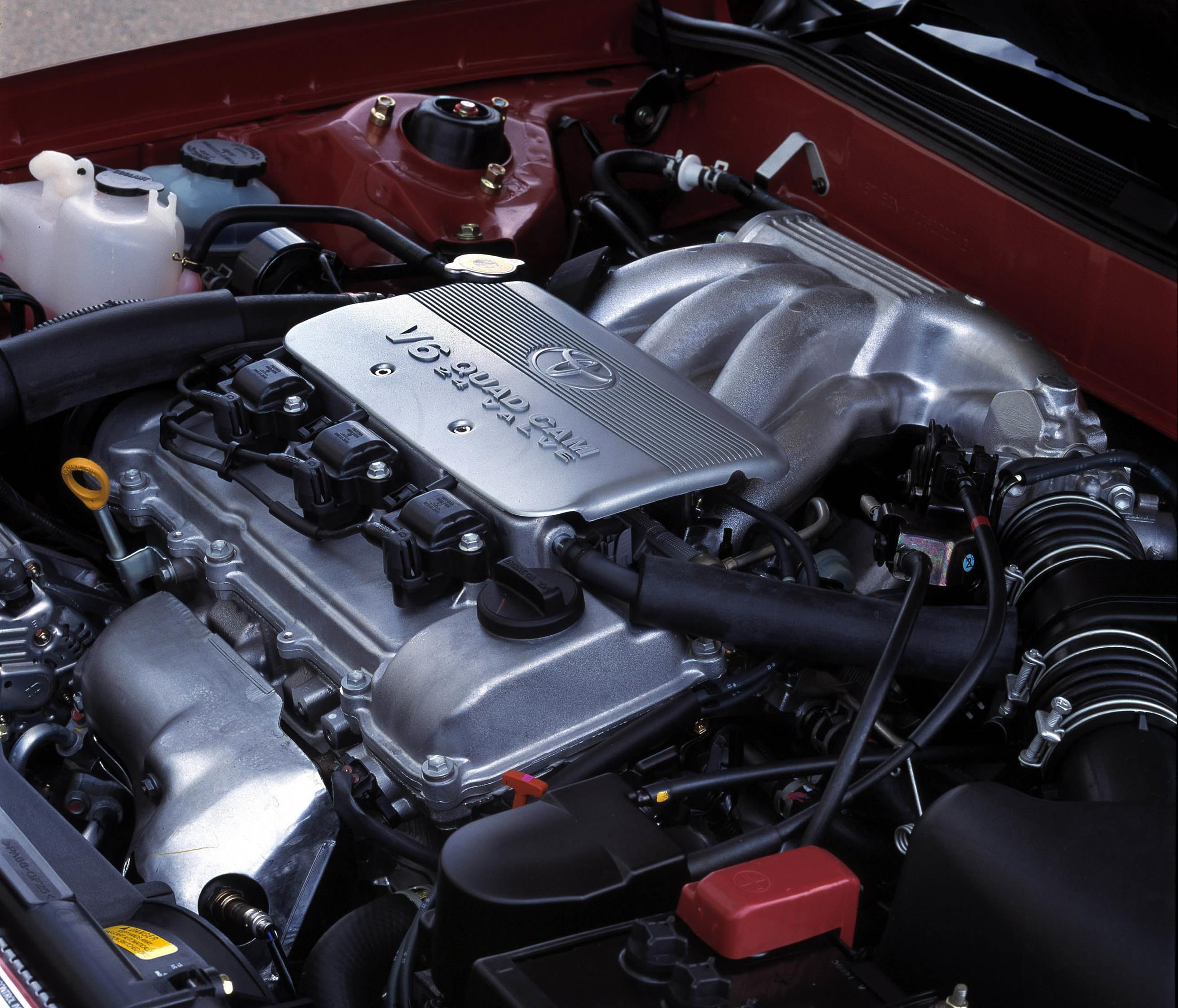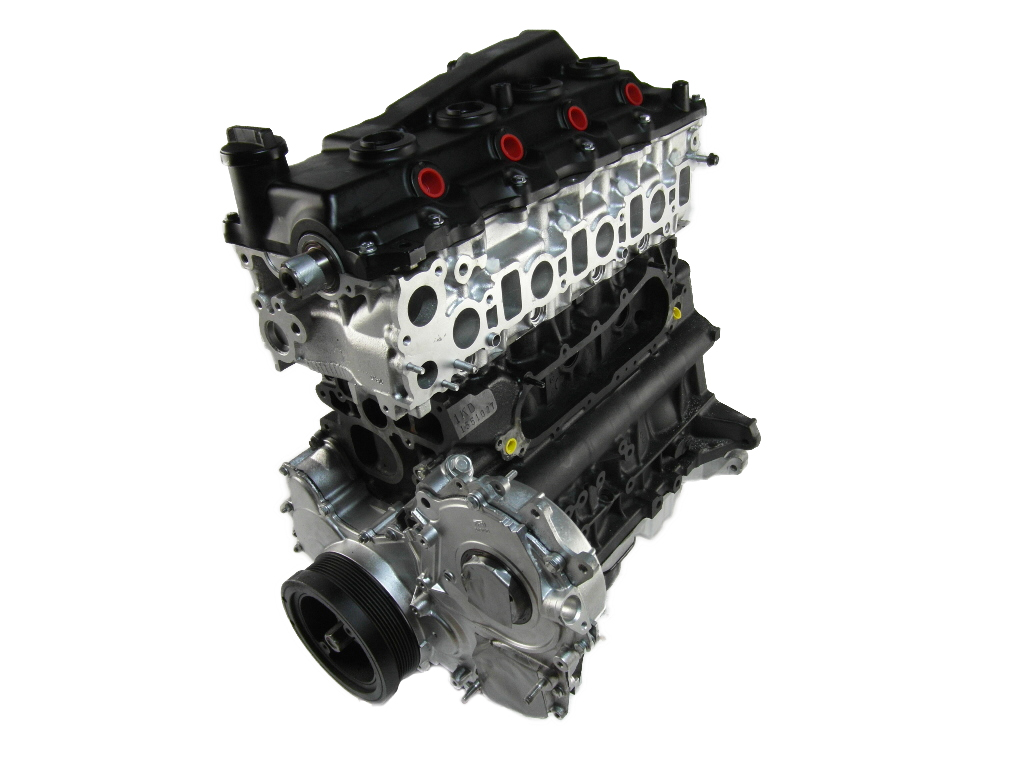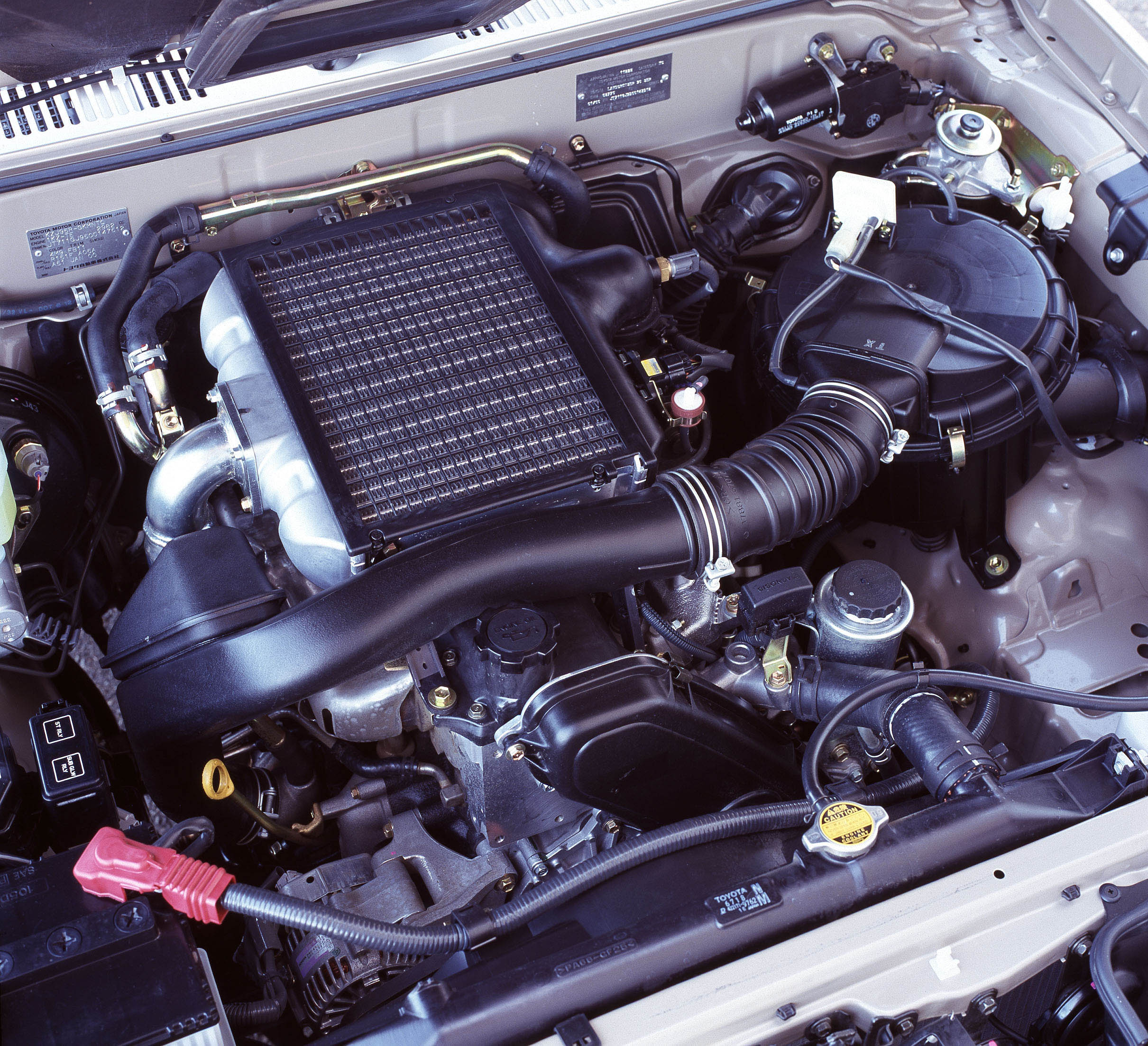Crankcase
The N47 had a closed-deck, deep skirt aluminium alloy block with cast iron cylinder liners. Furthermore, the N47 had a reinforcing shell which connected the centre bearings to the skirt of the of the cylinder block. With the exception of the 85kW N47D16 engine, the crankcase had two needle-bearing balance shafts that were integrated into the crankcase.
Crankshaft, connecting rods and pistons
The N47 engine had
- A forged steel (37CrBY) crankshaft which underwent nitrocarburising for additional hardening (‘BY’ indicates controlled cooling for a homogeneous structure);
- Forged steel (C70) connecting rods which featured a trapezoidal shape for the small end. The rod caps were also separated by fracture so that machining of the cutting plane was not required; and,
- Full skirt aluminium-silicon alloy pistons. The surface of the piston skirt had a graphite coating (Graphal method) which reduced friction with the gray cast iron cylinder sleeves.
Cylinder head
The N47 engine had a light-alloy (AlSi7MgCu0.5) cylinder head which supported both camshafts in an aluminium-silicon alloy (AlSi9Cu3(Fe)) carrier. The inlet camshaft was driven by a chain from the high pressure pump of the injection system, which was itself driven by different channel from the rear of the crankshaft. The valves were actuated by roller cam followers and had Nimonic (NiCr20TiAl) valve stems.
Turbocharger
For most applications, the N47 engine had a single variable geometry turbocharger. For the 105kW and 130kW engines, maximum boost pressure was 1.5 bar and 1.55 bar, respectively.
For the 150kW and 160kW engines, however, two sequential Borg Warner turbochargers were used for two-stage turbo charging. At low engine speeds, the smaller turbocharger would operate to provide fast response. As engine speed increased, the larger, low-pressure turbocharger would gradually take over until it could provide boost pressure of 2 bar (3 bar absolute). Furthermore, the turbochargers had a wastegate valve to prevent excess boost pressure.
Injection and engine management
The N47 engine had common-rail injection which injected fuel into the combustion chamber via centrally-positioned solenoid injectors or piezo injectors. Specifically,
- N47 engines producing up to 105kW had solenoid engines operating at 1600 bar;
- N47 engines engines producing 120kW to 135kW had piezo injectors – capable of five injections per cycle – that operated at 1800 bar; and,
- N47 engines producing 150kW and 160kW also used piezo injectors, but operated at 2000 bar.
Ignition occurred via ceramic glow plugs and was controlled by the DDE7 (Digital Diesel Electronic 7) engine management system. For models with manual transmissions, the DDE7 system controlled the ECO Start-Stop system which enabled the engine to shut down when the vehicle was stationary, the transmission in neutral and the driver had released the clutch pedal. Other EfficientDynamics technologies for the N47 engine included:
- A variable output alternator (BMW’s ‘Brake Energy Regeneration);
- On-demand operation of ancillary units; and,
- A gearshift indicator light.
Emission control
To reduce the formation of nitrogen oxides (NOx), the N47 engine used exhaust gas recirculation. The N47 engine also had an oxidation catalyst and particulate filter in a common housing near the motor.
| Engine | Capacity | Peak power | Peak torque | Injection | Models | Years |
|---|---|---|---|---|---|---|
| N47D16 | 1598 cc (78.0 x 83.6) |
70kW at 4000rpm | 235Nm at 1500-2750rpm | Solenoid injectors (1600 bar) |
F20 114d | 2012-on |
| 85kW at 4000rpm | 260Nm at 1750-2500rpm | Solenoid injectors (1600 bar) |
F20 116d ED | 2012-on | ||
| N47D20 | 1995 cc (84.0 x 90.0) |
85kW at 4000rpm | 260Nm at 1750-2500rpm | Solenoid injectors (1600 bar) |
E81 116d, E87 116d, F20 116d, E90 116d, E91 116d, F30 116d, F31 116d, E84 X1 sDrive16d |
2009-on |
| 105kW at 4000rpm | 300Nm at 1750-2500rpm | Solenoid injectors (1600 bar) |
E81 118d, E82 118d, E87 118d, E88 118d, E90 318d, E91 318d |
2007-on | ||
| 105kW at 4000rpm | 320Nm at 1750-2500rpm | Solenoid injectors (1600 bar) |
F20 118d, E90 318d, E91 318d, F30 318d, F31 318d, E84 X1 18d |
2010-on | ||
| 105kW at 4000rpm | 350Nm at 1750-2750rpm | Solenoid injectors (1600 bar) |
E83 1.8d | 2009-10 | ||
| 105kW at 4000rpm | 360Nm at 1750-2500rpm | Solenoid injectors (1600 bar) |
F25 X3 sDrive18d, F10 518d |
2012-on | ||
| 120kW at 3500-4200rpm | 350Nm at 1750-2500rpm | Piezo injectors (1800 bar) |
E90 320d FE, E91 320d FE, E60 520d FE, E61 520d FE |
2007-11 | ||
| 120kW at 4200rpm | 380Nm at 1900-250rpm | Piezo injectors (1800 bar) |
E90 320d ED, E91 320d ED, E90 320d FE, E91 320d FE, E84 X1 sDrive20 ED |
2010-15 | ||
| 130kW at 4000rpm | 350Nm at 1750-3000rpm | Piezo injectors (1800 bar) |
E81 120d, E82 120d, E87 120d, E88 120d, E90 320d, E91 320d, E92 320d, E93 320d, E60 520d, E61 520d, E84 X1 20d, E83 X3 2.0d |
2007-15 | ||
| 135kW at 4000rpm | 380Nm at 1900-2750rpm | Piezo injectors (1800 bar) |
F20 120d, E90 320d, E91 320d, E92 320d, E93 320d, F30 320d, F10 520d, F11 520d, F25 X3 20d, F07 520d GT, E84 X1 20d |
2010 | ||
| 135kW at 4000rpm | 380Nm at 1750-2750rpm | Piezo injectors (1800 bar) |
F20 120d, E90 320d, E91 320d, E92 320d, E93 320d, F30 320d, F10 520d, F11 520d, F25 X3 20d, F07 520d GT, E84 X1 20d |
2010-on | ||
| 150kW at 4400rpm | 400Nm at 2000-2250rpm | Piezo injectors (2000 bar) |
E81 123d, E82 123d , E87 123d, E88 123d, E84 X1 23d |
2007-15 | ||
| 160kW at 4400rpm | 450Nm at 1500-2500rpm | Piezo injectors (2000 bar) |
F20 125d, F21 125d, F22 225d, F30/F31/F34 325d, F32/F33 425d, F10/F11 525d, E84 X1 25d, F15 X5 25d |
2011-on |
Faults: N47 timing chain failure
For 2.0-litre N47 four-cylinder turbo-diesel engines manufactured between March 2007 and March 2011, excessively sharp teeth on the crankshaft sprocket could damage, or break, the timing chain. Please note that in the event of breakage, catastrophic engine damage could result and the primary symptom of timing chain damage was a loud ticking noise from the rear end of the engine. For these engines, two situations applied:
- For models manufactured before May 2009, the timing chains, camshaft sprocket and crankshaft required replacement. Of these, the crankshaft had to be replaced because the sprocket was welded to it and the engine also had to be removed because the timing chains were positioned at the rear of the engine, Due to the cost of repair, some owners opted to replace the engine instead.
- For models manufactured from May 2009 to March 2011, the crankshaft did not require replacement since the design of the crankshaft sprockets had been changed. The timing chains and timing guides, however, still required replacement.












